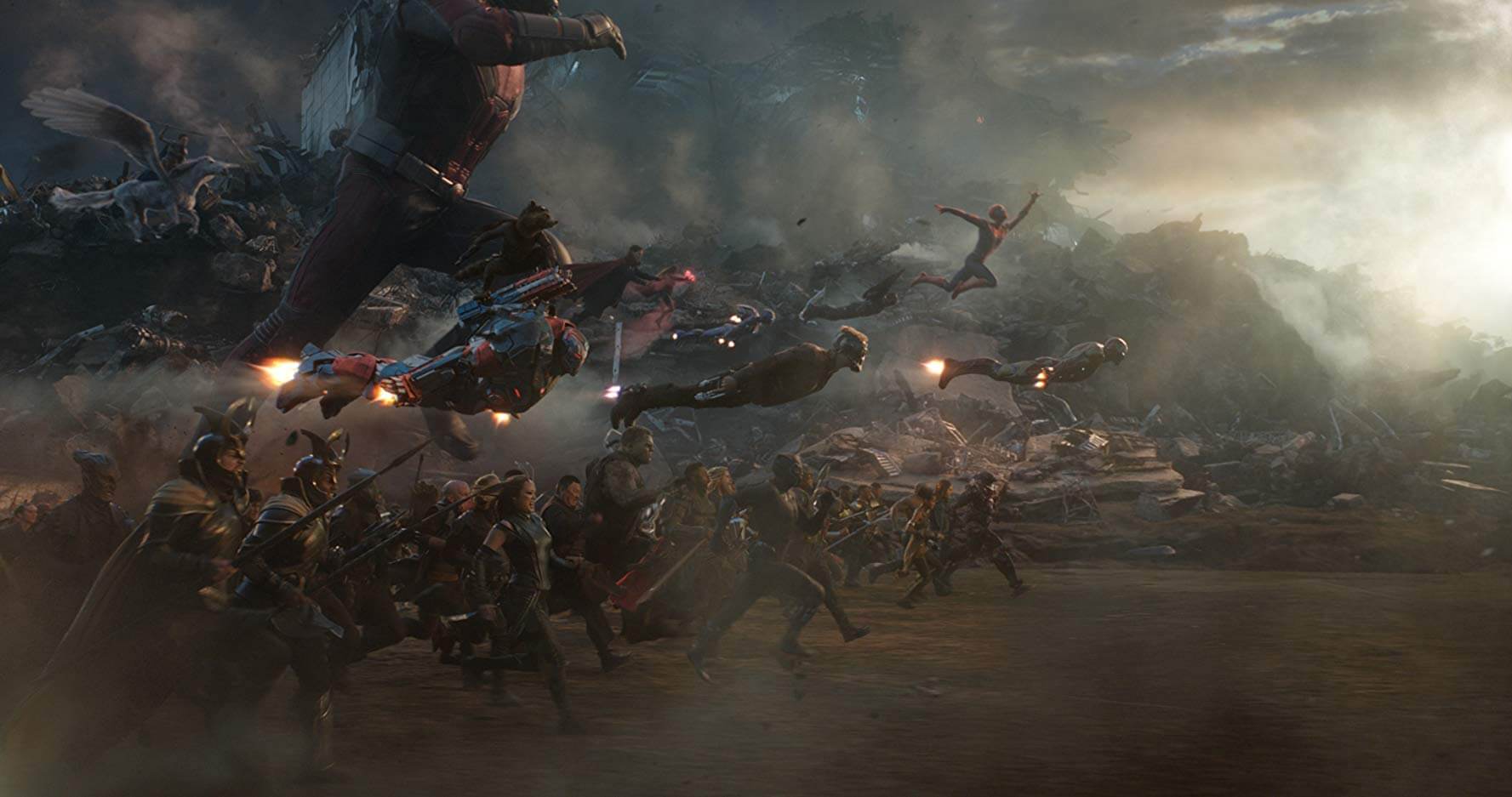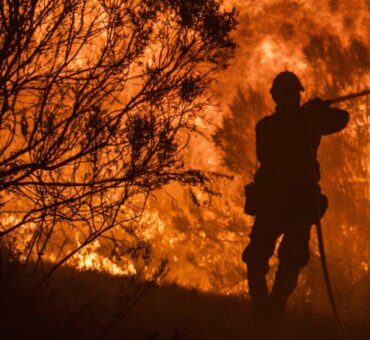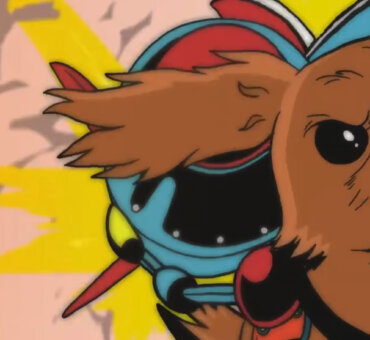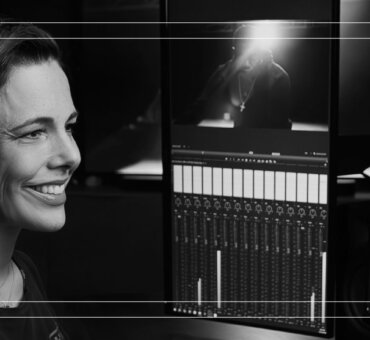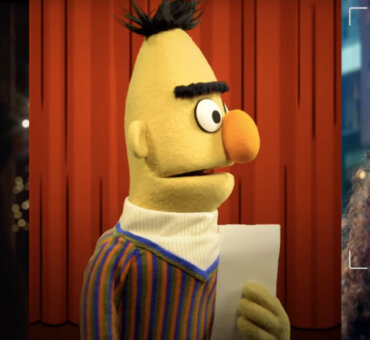There’s no denying the scale of a Marvel movie. When Martin Scorsese compared them to theme parks, we didn’t necessarily take that as a critique—they’re big, fun, entertaining films that require an enormous amount of talent and creative engineering.
There’s so much technology and you can realize all this great imagery. But, at the end of the day, the human component is what people will always connect to.
That’s why it’s all the more impressive that they manage to be human, too. Despite dozens of primary characters, timelines, and storylines, Avengers: Endgame somehow managed to make room for moments of genuine emotion and humor. That’s no easy feat, and a big part of it comes down to the edit.
Editor Jeffrey Ford, who co-edited the film with Matthew Schmidt, spoke with us about the process behind what’s perhaps the most massive movie of all time and it turns out the tactics were more down-to-earth than expected.
“When audiences are really taken with a character, that’s when they’re really plugged into the movie. And that’s how you can have these incredible emotional reactions that people have to these films,” Jeffrey told us. “Obviously, with Marvel you have incredible special effects and amazing action and all these things that you want to build into your movie. That’s the genre. But, at the end of the day, the human component is what people will always connect to.”
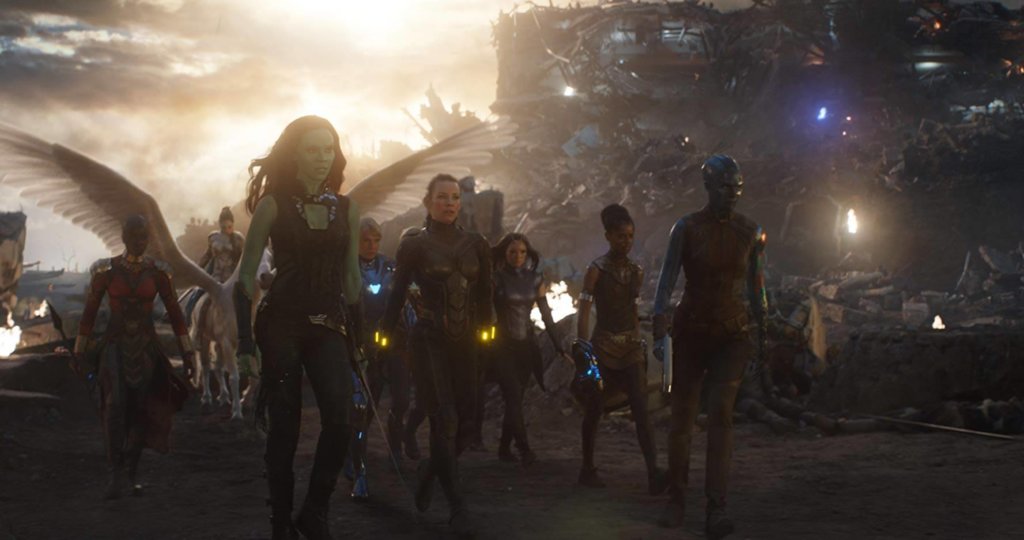
In an interview where we expected to talk about green screens, motion capture, and massive budgets, our conversation ended up taking a much more down-to-earth tone. As the editor for Marvel’s biggest films (Endgame, Infinity War, Age of Ultron, Captain America: The Winter Soldier, Iron Man 3, and more), Jeffrey knows that emotional connection is still key in an edit regardless of the budget.
He had some great insights as to how he and his team pulled this off in the editing bay. Using one of the film’s final scenes as a backdrop, he explains the narrative process behind the edit. We’ll cover:
- Planning your edit for a key moment
- Finding an emotional surrogate for your audience
- Building a scene around the emotion
Fair warning: we’re talking about a specific scene in Endgame, so spoiler alert if you haven’t seen the film. Here’s acclaimed editor Jeffrey Ford.
This Moment is Everything
Perhaps the defining moment of Endgame and maybe the entire Marvel Cinematic Universe is the scene when the heroes return for the climax with Thanos. It’s a scene that audiences had been anticipating for over a year, and Jeffrey knew they needed to give special care to how it would be revealed.
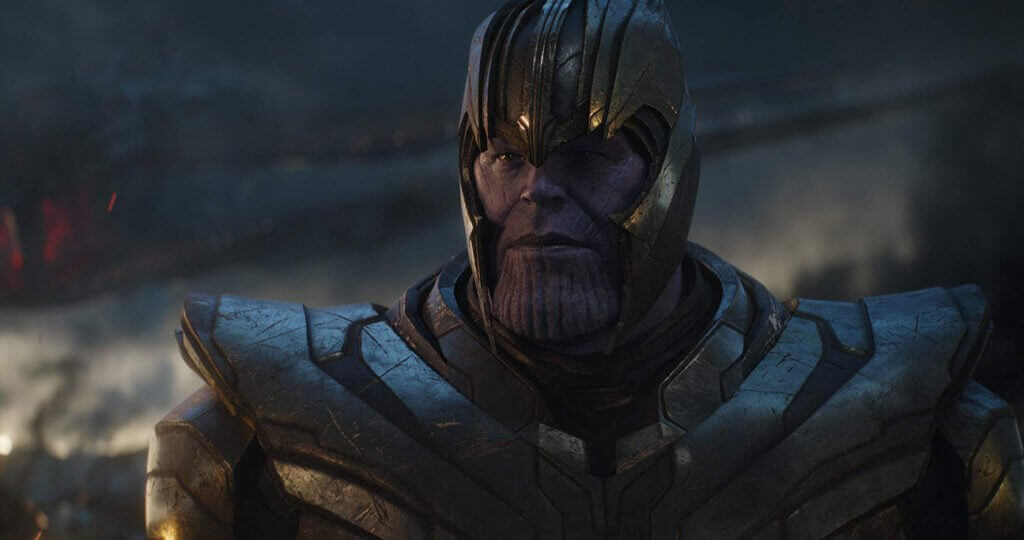
On a project as massive as Avengers: Endgame, it was key that Jeffrey and his team get as much of a headstart as possible. As a veteran on Marvel movies, he had more access to the writing process than many editors receive—he sat in on the screenwriting process to glean insight and offer input.
“I started really in earnest on these movies in November 2016, and that was a real privilege to be able to hang out with Joe and Anthony [Russo] as they were working on the script because that allowed me great insight. It allowed me to pitch ideas early on,” Jeffrey said. “It allowed me to do my job better and I felt like I could really contribute early. They knew I was going to be dealing with a lot of stuff in post, like always. But, I think having an intensive writing period on this movie and having access to those conversations was really helpful to me.”
Because of this, he and his team were able to begin editing the film before some of the principal shooting even began, using storyboards, concept art, and even iPhone footage from the stunt department to visualize a narrative ahead of time.
But, for this scene in particular, Jeffrey said they weren’t sure how it would play out until they actually saw footage and performances. Despite pre-planning, an emotional moment sometimes can’t be defined until an editor is looking at a rough cut. However, once they got a version of the scene, they were able to define the problem at hand.
The Audience Needs a Surrogate
Once the initial shoot for The Avengers’ return was on the books, Jeffrey could take a critical look at the moment to discern what was and wasn’t working.
“I was working with a scene that was evolving, using some photography, some pre-vis some storyboard. It became a real challenge to try to figure out what we needed to re-shoot, how we should really scale that sequence so that it actually delivered,” Jeffrey said.
“One of the things we discovered during that process was that the scene really pivots on Chris Evans’ reaction. That discovery was made during the pre-visualization process, but until Chris performed it on set, that scene didn’t function at all. It didn’t make any sense. The map was there, but it was really Chris who made that moment come to life and the scene, once we shot it, it had to be cut from scratch again.”
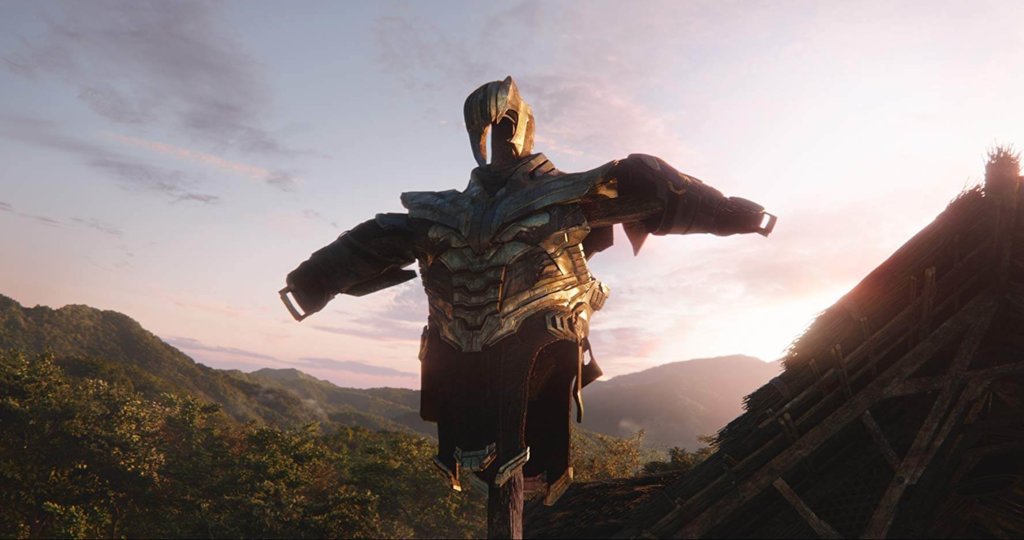
Once they saw Chris’ emotional performance in the scene, they knew they had a roadmap for how to make the moment pay off.
“We needed this piece of performance from Chris,” he said. “We needed to cut around to the reverse, seeing his reaction and then cut around from behind, seeing what he was seeing. The idea that we were going to build it around Cap’s emotional reaction to those heroes returning, we knew he’d become our surrogate for the audience. We could experience that moment through him.”
The stakes in a scene like this couldn’t be any higher. The tension is built in, but without an emotional connection to a character, any result would just fall flat. Audiences watch a film by either subconsciously or consciously putting themselves into the action through a characters’ experience. By giving them Chris Evans’ performance to relate with, it pulled this momentous reunion together in a way that a broader scene couldn’t have.
Building the Scene Around the Emotion
After multiple movies at this scale, Jeffrey pointed out that the editing process isn’t any different than other movies. Sure, the budgets are bigger and he had more time to pull it off, but the principles remain the same: Tell a human, emotionally driven story. All of the exciting visuals are just icing on the cake.
Once they honed in on Chris Evans’ performance for the scene when The Avengers return, the editing team was able to use it as a guide for how the rest of the film would play out.
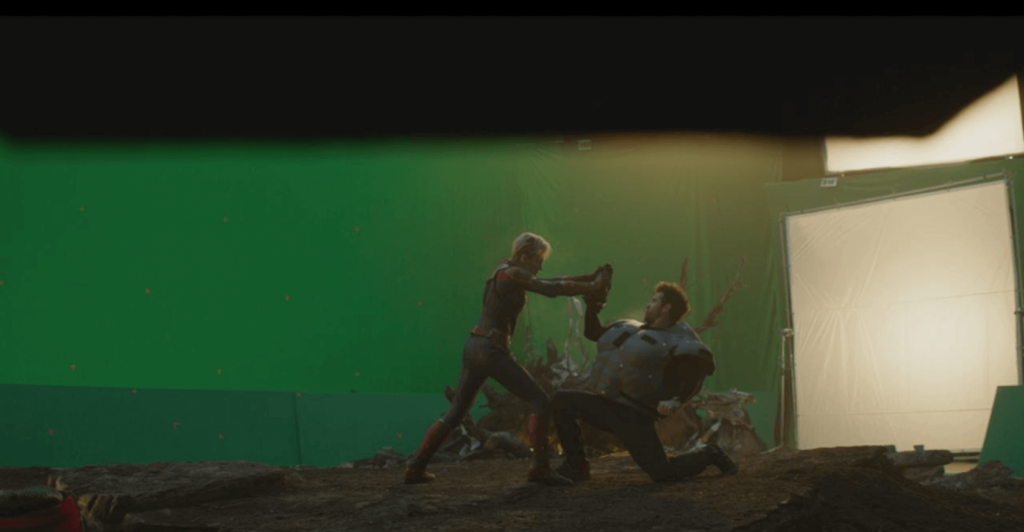
“I knew where that emotional moment was going to occur for Chris and it informed how we scored the scene and it informed how we did the sound design for the scene. It informed everything we did in remaking that sequence,” Jeffrey said. “That scene that was discussed, reviewed, and edited heavily. I edited it as a storyboard, pre-visualization, then I edited it as initial photography with more pre-visualization, and then we remade the whole thing a year later in Atlanta and then refined it over several months to the version that’s now on screen.”
Ultimately, the audience was the barometer for the editing behind Avengers: Endgame. They knew that the MCU had been accumulating emotional equity with fans for more than a decade, but they also knew they needed to honor that investment with a resolution that truly paid off in the long run.
“It’s really hard to anticipate how powerful and amazing that moment is going to be when the audience sees all these heroes blipping out of existence. Then, when we saw the movie with audiences when it opened in 2018 we thought: Oh my God, this is a huge emotional shock for the audience and they’re going to be hanging on this for a year. They’re going to be waiting for those characters to return,” he said.
“We knew the return was always going to be the big moment in the movie. But, we ended up taking a more emotional angle rather than something that was more visceral or action-oriented. We were mindful of the fact that the audience had a profound emotional reaction to the characters. So, we knew we needed to bring them back in that same way.”A huge thanks to editor Jeffrey Ford for taking the time to break down this scene from Avengers: Endgame. With the hype, fanbase, and budget behind these films, it’s easy to lose sight of the fact that they’re being executed by some of the most talented filmmakers in the world. But, it’s also important to remember that filmmaking is filmmaking, regardless of the budget.
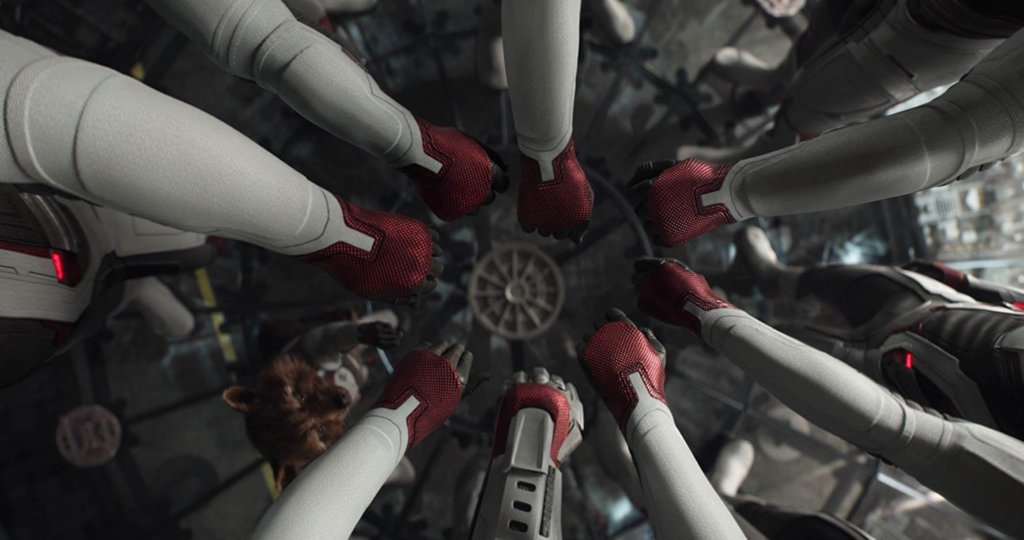
During our conversation with Jeffrey, he continually made the point that he edits a Marvel film the same way he edits a smaller indie drama. It’s all about character and emotion. We’ll end with this great note from him:
“Look back on any successful film, over the course of the history of cinema— movies like The Godfather, or Star Wars, or Gone With The Wind, or the Wizard of Oz, or Casablanca. Those movies stand the test of time because of emotional character connections. That’s what you remember. You remember Bogart and Ingrid Bergman. You remember Elliot in E.T. You remember Luke Skywalker and Princess Leia. That comes to your mind first I think before you remember the technology.”
